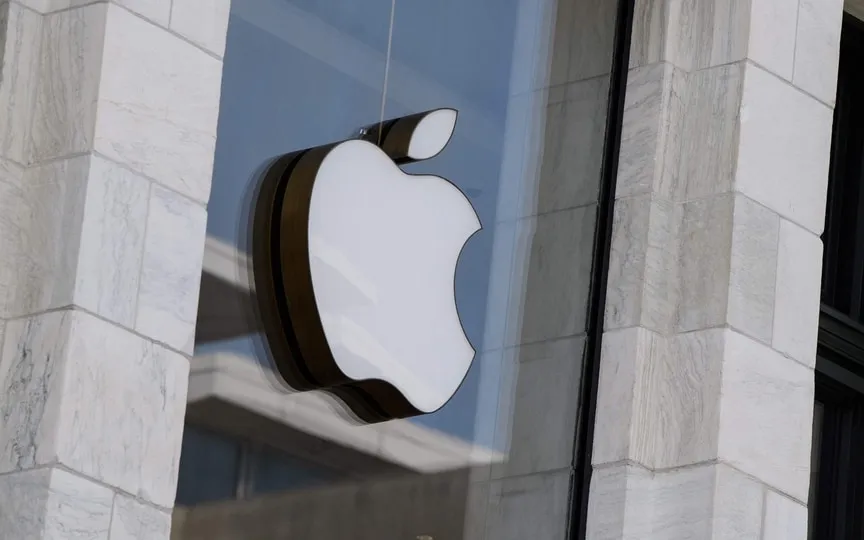Scientists Developing AI Tool Modeled After ChatGPT For Scientific Exploration
An international group of researchers has launched a new research collaboration that utilizes the technology behind ChatGPT to build an AI-powered tool for scientific discoveries.
While ChatGPT deals with words and sentences, the new initiative, called Polymathic AI, learns from numerical data and physics simulations across disciplines to help scientists model everything from supergiant stars to Earth’s climate.
“This will completely change the way people use artificial intelligence and machine learning in science,” said Polymathic AI principal investigator Shirley Ho, group leader at the Flatiron Institute’s Center for Computational Astrophysics in New York, US.
The idea behind Polymathic AI “is similar to how it’s easier to learn a new language when you already know five,” said Ho.
Starting with a large, pre-trained model, known as a base model, can be faster and more accurate than building a scientific model from scratch.
This may be true even when the training data is clearly unrelated to the problem at hand.
“Polymatic AI can show us commonalities and connections between different fields that might otherwise have been overlooked,” said researcher Siavash Golkar, Visiting Scientist at the Flatiron Institute’s Center for Computational Astrophysics.
The Polymathic AI team includes experts in physics, astrophysics, mathematics, artificial intelligence and neuroscience.
The Polymathic AI project learns to use data from various sources in physics and astrophysics (and eventually fields like chemistry and genomics, according to its creators) and applies this multidisciplinary knowledge to a wide range of scientific problems.
ChatGPT has known limitations in terms of accuracy.
The Polymathic AI project avoids many of these pitfalls, Ho said, by treating numbers as actual numbers, not just characters on the same level as letters and punctuation. The training data also uses real scientific materials that record the underlying physics of the cosmos.
Transparency and openness are a big part of the project, Ho said. “We want to make everything public. We want to democratize AI for science so that in a few years we can provide the community with a pre-trained model that can help improve scientific analysis on many different problems and domains.




